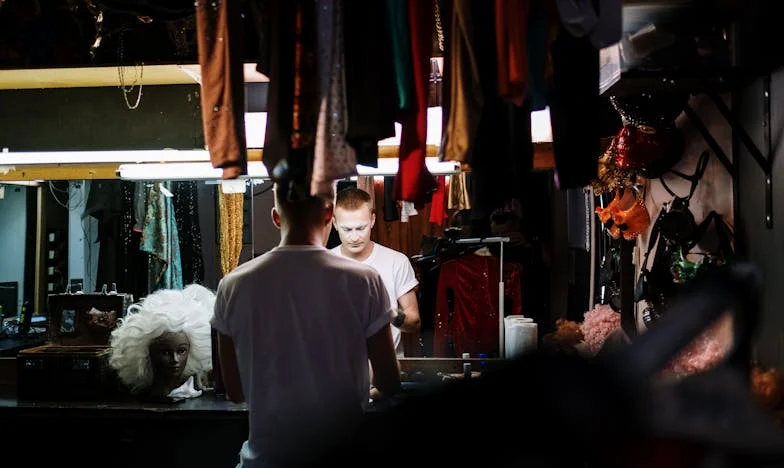Only 60% Could Tell Which Child Was the Girl
In a small town in the heart of America, a curious social experiment was taking place. The local community center decided to conduct a simple yet intriguing test. They gathered a group of volunteers from the town and showed them a photograph featuring three children playing in a park. The children, Elijah, Tyler, and Mia, were all dressed in neutral clothing, their hair lengths varied, and their faces beamed with the kind of joy only childhood can encapsulate. The question posed to the volunteers was straightforward: “Which of these children is the girl?”
At first glance, the task seemed easy. Many participants chuckled, assuming they’d quickly spot the girl among the trio. However, as they looked closer, their confidence began to waver. Elijah had long, curly hair tied back in a ponytail, often associated with girls. Tyler wore a bright, floral shirt, his hair cut short, a style that didn’t give much away. Mia, on the other hand, sported a cap, her face obscured slightly, wearing a plain t-shirt and jeans.
The results were surprising. Only 60% of the respondents correctly identified Mia as the girl. The community center, expecting a straightforward outcome, was taken aback by the confusion the photograph had caused. The experiment, initially intended to be a light-hearted activity, sparked a deeper conversation about gender stereotypes and appearances.
Elijah, Tyler, and Mia, unaware of the stir they had caused, continued their play, their laughter echoing through the park. The adults, however, couldn’t shake off the unease the experiment had instilled in them. Barbara, a volunteer at the community center, noted, “It’s fascinating and a bit unsettling how we rely on certain cues to categorize people. This was a simple exercise, yet it revealed so much about our perceptions.”
The story took a somber turn when Chase, a local schoolteacher and father to one of the children in the photograph, shared his thoughts. “My son, Tyler, has been bullied before for wearing clothes that some consider ‘feminine.’ I thought we, as a community, had moved past these archaic notions. It seems we still have a long way to go.”
The experiment, meant to challenge the community’s perceptions, ended not with triumphant revelations but with introspective questions. The realization that appearances could so profoundly influence perception was a wake-up call. The photograph, which had seemed so innocent, had inadvertently exposed the underlying biases that still permeated the town.
As the community grappled with these revelations, the children, blissfully unaware of the discussions they had sparked, continued to play. Their innocence was a stark contrast to the complex world of adult perceptions, a world where a simple photograph could challenge long-held beliefs and stir unease among those who viewed it.
